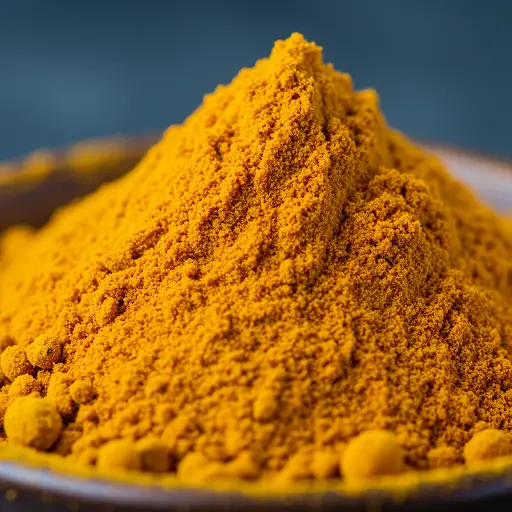How to Grow Healthy, Productive Peppers: Natural Feeding and Disease Prevention Tips
Peppers are a favorite in gardens around the world, known for their vibrant colors, delicious flavor, and rich nutritional content. Whether you grow sweet bell peppers or spicy varieties, one thing remains the same: proper care is essential for a healthy, high-yielding crop.
To keep your peppers thriving throughout the growing season, it’s important to understand how to feed them correctly and protect them from common diseases. The good news? With a bit of planning and a few simple, natural ingredients, you can grow peppers that are lush, resilient, and full of fruit.
The Nutritional Power of Peppers
Peppers, like tomatoes, belong to the Solanaceae family. They’re not only popular for culinary use, but they also offer a wealth of health benefits. Red peppers, in particular, are loaded with vitamin C—surprisingly, they contain more vitamin C than oranges! In addition to this immune-boosting vitamin, peppers are a great source of vitamin A and antioxidants, supporting healthy vision and protecting cells from damage.
The Foundation: Quality Soil
A successful pepper crop starts with quality soil. Peppers thrive in well-drained, fertile soil that is rich in organic matter. Before planting, it’s highly beneficial to amend your garden bed with compost or well-rotted manure. These natural additions improve soil structure, increase nutrient availability, and support beneficial microbial activity.
Avoid waterlogged soil, as peppers are sensitive to excess moisture. Raised beds or containers with good drainage can help maintain the right balance, especially in areas with heavy rain or clay soils.
Feeding Peppers During the Growing Season
Once planted, peppers require regular feeding to support vigorous growth and fruit production. The key nutrients they need include:
-
Nitrogen (N): Supports healthy leaf and stem growth.
-
Phosphorus (P): Essential for strong root development and flowering.
-
Potassium (K): Crucial for fruit formation and disease resistance.
One of the best ways to supply these nutrients is through organic feeding methods. Compost tea, liquid seaweed, or a balanced liquid organic fertilizer can be applied every two weeks throughout the growing season. These solutions not only provide essential nutrients but also support soil health and beneficial microorganisms.
Special attention should be given to potassium, especially once flowering begins, as this nutrient plays a vital role in fruit development and flavor.
Disease Prevention and Plant Health
Peppers, like most crops, can be vulnerable to various pests and diseases. Fungal issues such as powdery mildew and blight are common, especially in humid conditions. However, these problems can often be prevented with proactive care.
Here are a few key tips to reduce the risk of disease:
-
Plant spacing: Avoid overcrowding. Ensure there’s enough space between plants to allow air to circulate freely.
-
Regular inspection: Check plants weekly for signs of disease or pest activity. Remove infected leaves or stems promptly.
-
Water wisely: Always water at the base of the plant. Wet foliage creates a breeding ground for fungal spores.
-
Rotate crops: Avoid planting peppers in the same spot year after year, as this can lead to soil-borne disease buildup.
A Natural Remedy for Disease Protection: Turmeric Spray
In addition to these cultural practices, you can also prepare a simple and natural spray that boosts plant defenses against fungi and disease. This homemade remedy is easy to make and uses ingredients that are likely already in your kitchen.
Ingredients:
-
1 liter of water
-
1 tablespoon of turmeric powder
Preparation and Use:
-
Combine the turmeric powder with 1 liter of water.
-
Shake or stir well to ensure the turmeric is fully dissolved.
-
Pour the solution into a spray bottle or garden sprayer.
Spray this mixture on your pepper plants once a week, focusing on both the upper and lower sides of the leaves. It’s also a good idea to apply it after heavy rain, as water can wash away protective layers on leaves. Turmeric is known for its natural antiseptic, antibacterial, and antifungal properties, making it an effective, chemical-free solution for maintaining plant health.
Final Thoughts
Peppers can be incredibly rewarding to grow, offering colorful, vitamin-rich harvests throughout the summer. With the right soil preparation, consistent organic feeding, and a natural approach to disease prevention, your pepper plants can thrive without the need for synthetic chemicals or complicated treatments.
Incorporate this turmeric spray into your gardening routine, and you’ll not only reduce the risk of disease but also give your plants an extra layer of resilience and strength. Whether you’re growing peppers in a backyard plot or on a balcony in containers, these natural tips can help you achieve a bountiful, healthy crop season after season.



